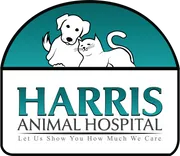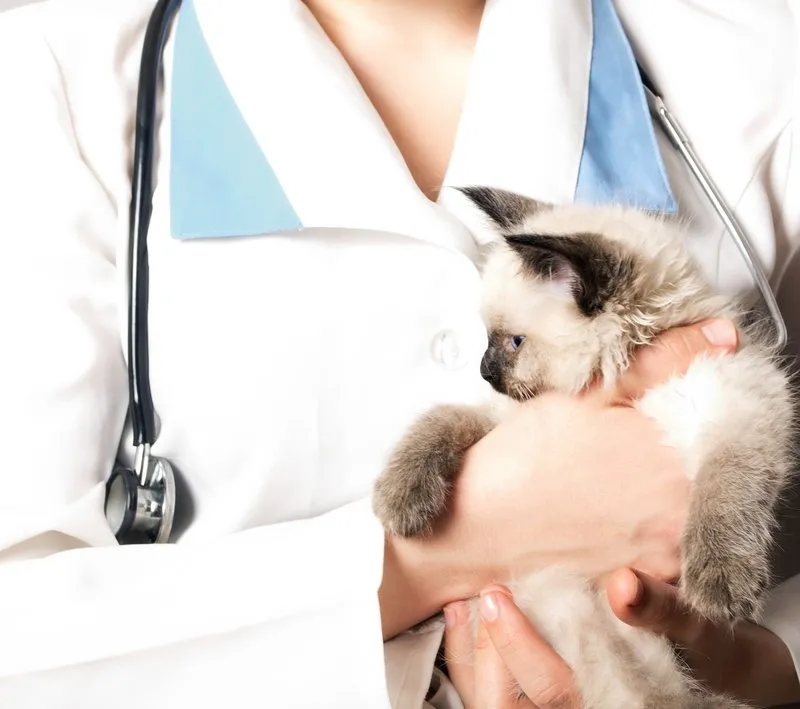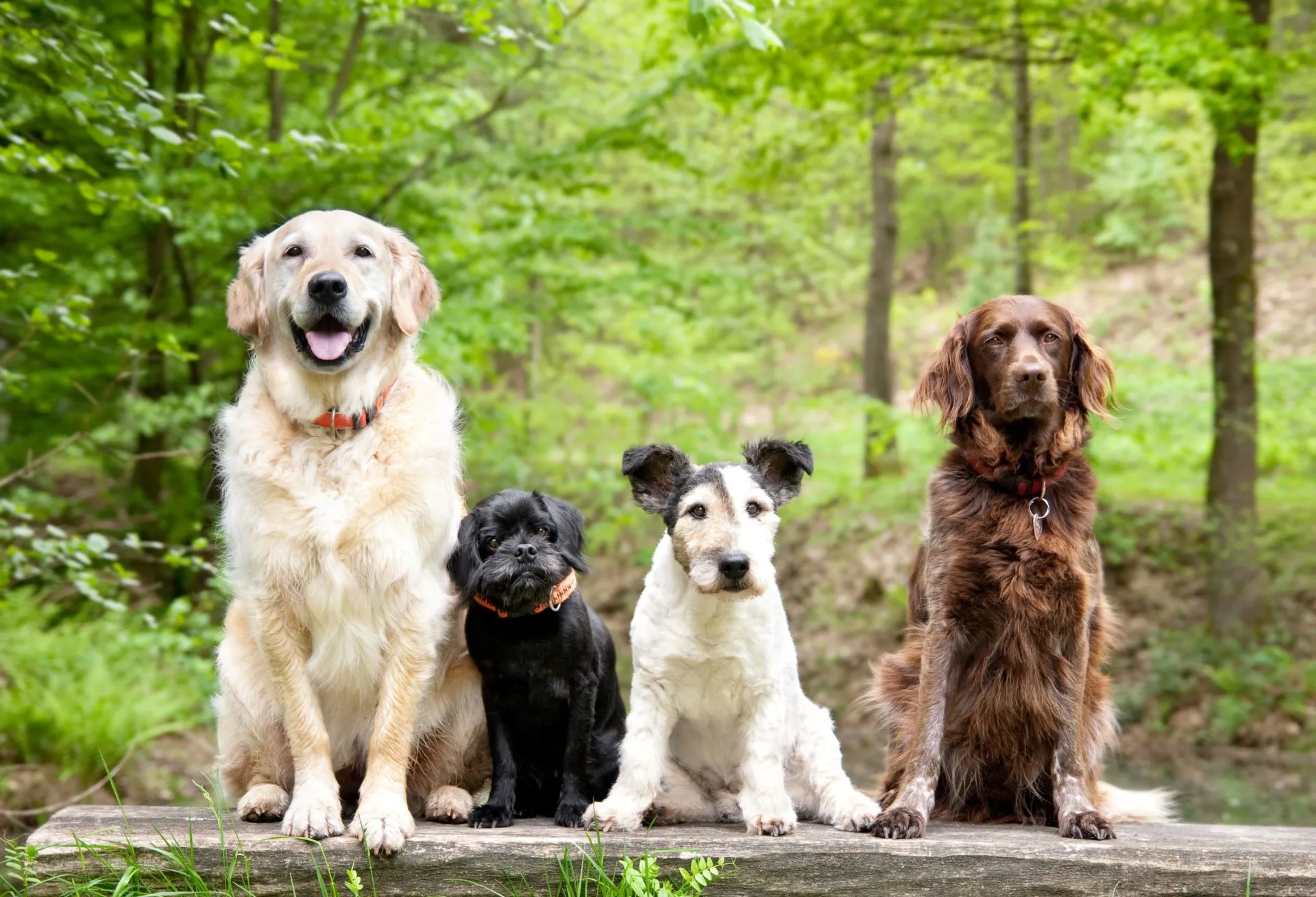Are you a fan of traveling? Some of our furry companions love going on adventures with their humans. Just be sure to put your pet’s safety first. Keep reading for tips from a veterinarian in Roanoke, VA on how to travel with your pets, Fido and Fluffy.
Booking A Flight
If you must travel with your pet, it’s important to take your time and thoroughly research before making any bookings.
According to federal law, service animals are always permitted on flights. Carriers will also be scrutinized.
The TSA has regulations in place to ensure that pets can pass through security smoothly. Animals must be on a leash or in a carrier. You may have to take your pet off the leash and bring them through the metal detector.
In addition, each airline has its own unique policies. Some of the airlines that have allowed pets to travel in the cabin with their humans include Southwest, Alaska, United, American, Delta, Hawaiian, Spirit, and Frontier. Contact the airline directly and refer to their latest guidelines. These factors can vary depending on weight restrictions and whether you are allowed to buy a seat for your pet.
When traveling with your pets, it’s best to opt for a direct flight if you can. Your animal partner will find a three-hour nonstop flight much more convenient compared to a 14-hour journey with layovers.
If your pet is small enough to fit in the cabin, go that route. Larger pets may be required to travel in the luggage compartment. Consider this carefully before booking tickets that way, as this could potentially cause your furry pal quite a bit of stress and discomfort. The storage spaces are quite noisy and don’t have the same climate control as the cabin. In the event of any delays, your pet may need to stay in his kennel for a longer period of time.
You’ll also need to make an appointment with your veterinarian prior to your flight. Your furry pal may need travel certificates and/or immunizations or parasite treatments.
Additional factors to take into account:
It may be beneficial to administer anti-anxiety medication or a sedative to your pet prior to departure. Always follow your vet’s recommendations before giving anything to your pet. Don’t give your furry travel buddy anything unless their doctor approves.
Take time to look into the potential hazards in the area. Each ecosystem possesses its own unique collection of plants and animals, some of which may pose a potential threat to curious pets.
Make sure that your pet has a microchip and is wearing identification tags. Consider adding a local number to the tags. For instance, if you plan on staying with a friend for a few weeks, create new tags that include their phone number.
GPS tags are a great idea. Before making a purchase, carefully consider your options and read through reviews.
Make sure that your current contact information is included on the carrier. One option is to use luggage tags. You can also put clear tape over a mailing label.
For additional details, please consult your veterinarian in Roanoke, VA.
Traveling with Your Furry Companions
Car rides are much more relaxing for Fido and Fluffy compared to airplane rides. However, you’ll still need to prioritize the safety of your beloved pet at all times.
Here are some helpful suggestions to ensure a more comfortable car journey for your furry companions:
Prior to bringing your pet out to the car, make sure to start the vehicle and adjust the climate control, whether it’s summer or winter.
Slightly open a window or activate the air conditioner for good airflow.
Riding with Fido? Make sure to take regular breaks with your four-legged pal, so that he can stretch his legs and take care of his business. (Tip: this the perfect opportunity to utilize a park or trail-finding app to discover new destinations for you and your furry companion to explore together.)
Just like humans, pets can experience car sickness. If your pet gets motion sickness while traveling, try gradually acclimating them to car rides by taking them on short trips in your local area. Start with brief rides and gradually increase the length. Your veterinarian may also have the ability to prescribe medication. Only provide your pet with items that have been specifically recommended by your vet. Also, if your pet gets carsick, don’t feed them before you leave.
We know that some dogs enjoy sticking their heads out car windows. This can be very dangerous! Your furry friend may get bugs, rocks, grit, dust, and even lighted cigarettes in his face. In addition, if you were to suddenly come to a halt—or even worse, experience a collision—he would sustain severe injuries. Plus, your furry friend could accidentally activate a window control, which could lead to potential hazards such as the window rolling up and posing a choking risk or rolling down and creating an escape opportunity.
Last but not least, never leave pets in cars unattended. Temperatures inside vehicles can become deadly hot very fast, even when it doesn’t seem all that hot outside.
Ask your vet for more safety tips.
Crating Your Pet
Pets should always travel in crates. Add bedding and toys to the crate to make it comfy. It’s important to begin familiarizing your pet with their crate well in advance of your trip. It would be best if you start this process when your pet is still very young.
Your pet should view their kennel as a cozy sanctuary rather than a confinement zone. You want Fido and Fluffy to form positive connections with it. Start by placing toys and treats in their crate and feeding them inside it. After that, you’ll want to gently close the door and gradually extend the amount of time your pet spends inside the crate.
There are other alternatives to crates. Another option to consider is using additional pet car products, like netting and seat belts, for added safety during car rides. Err on the side of caution with these products. While they may prevent your furry friend from roaming the cabin, they unfortunately provide minimal, if any, safety measures in case of an unexpected incident. Take the time to read reviews and seek advice from your veterinarian in Roanoke, VA.
Packing for Pets
Don’t forget to pack for your furry companion too. It’s important to have a variety of items on hand for your pet, such as food, treats, toys, towels, bedding, a spare leash and collar, a tie-line, and a pet first aid kit. It is advisable to bring along your pet’s necessary documents. (Hint: Store them on a cloud drive for easy access from any location.)
Many of our furry pals can get upset stomachs from sudden diet changes. If you’re uncertain about the availability of your pet’s food in your area, you might want to think about sending some to yourself by mail.
Schedule An Appointment At Our Pet Clinic In Roanoke, Va.
Is a travel certificate necessary for your pet? Feel free to reach out to us if your pet requires any veterinary services. We are here to assist you as your pet hospital in Roanoke, VA!



